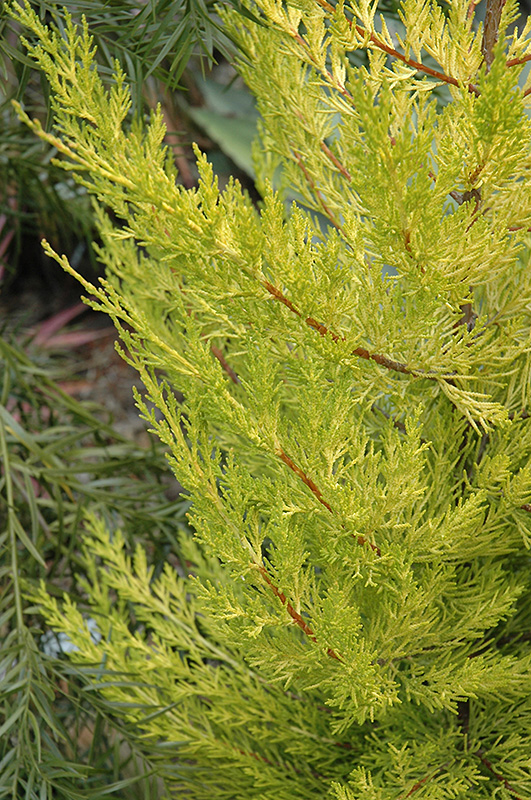
Aurea Monterey Cypress (Cupressus macrocarpa 'Aurea') in Lafayette
Monterey cypress (Cupressus macrocarpa) is an evergreen tree that can reach heights of up to 150 feet, with a spread of between 10-20 feet. It is native to the Central Coast of California and is ideal for gardeners in USDA Plant Hardiness Zones 7-10. It has a conical shape and dense, dark green foliage.

Golden Monterey Cypress Barcham Trees
Cupressus macrocarpa, (now classed as Hesperocyparis macrocarpa), commonly known as Monterey cypress, is a species of cypress native to the Central Coast of California. The native range of the species was confined to two small relict populations, at Cypress Point in Pebble Beach and at Point Lobos near Carmel, California.

Monterey cypress (Cupressus macrocarpa) growing guides
Perfect for small gardens. Recipient of the prestigious Award of Garden Merit of the Royal Horticultural Society. Grows up to 12 ft. tall (360 cm) and 4 ft. wide (120 cm). A full sun to part shade lover, this plant is easily grown in any well-drained soil. Tolerates dry conditions when established.
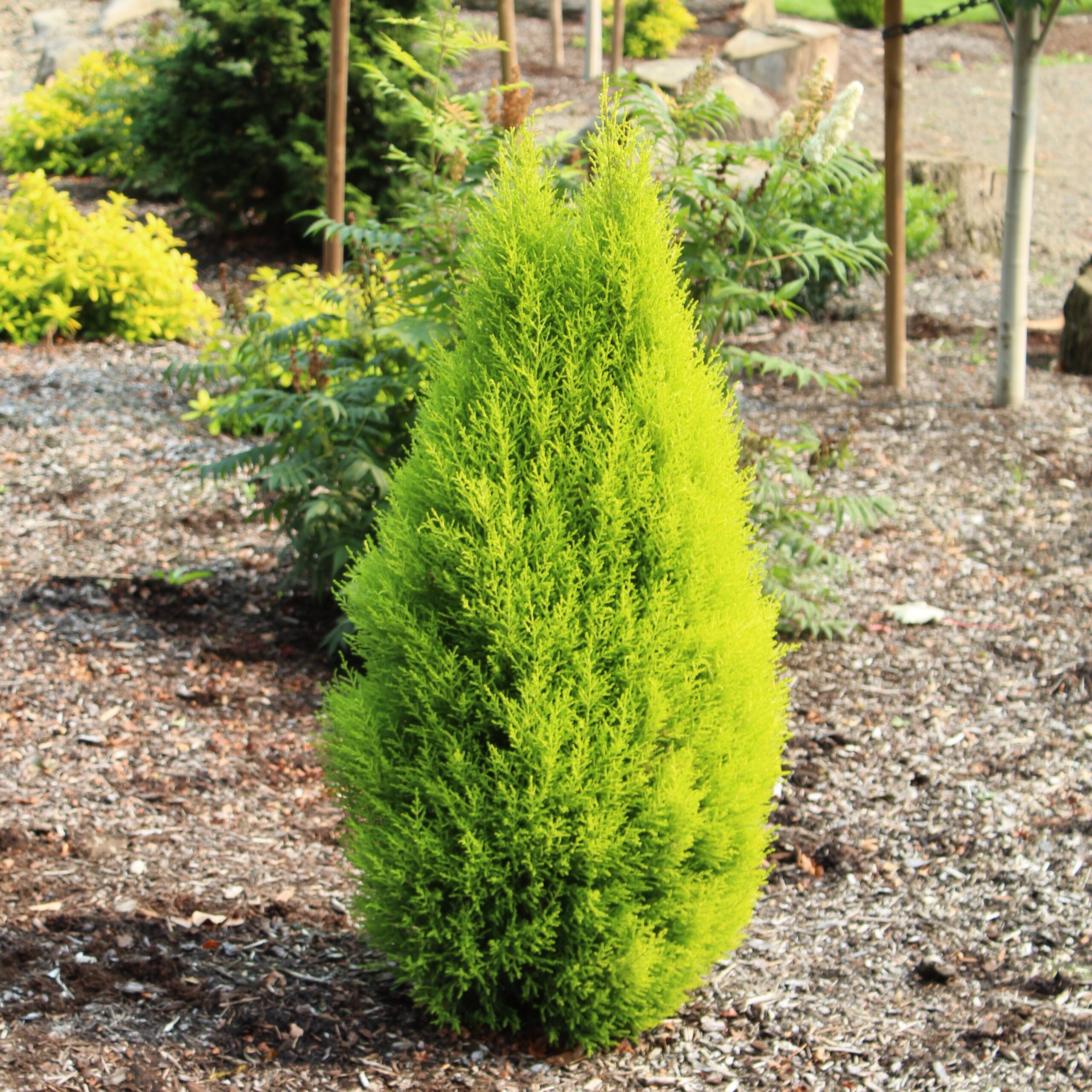
Cupressus macrocarpa 'Wilma Goldcrest' Monterey Cypress (4.5" Pot
The largest Monterey Cypress in Oregon has a circumference of more than 34 feet and is about 100 feet tall. Harrison G. Blake planted this tree when he built his house in the 1850's. The Blake home, which now houses the Chetco Valley Museum, also served as the post office and as a stagecoach stop.

Cupressus Macrocarpa Goldcrest Lemon Scented Monterey Golden Cypress
GENERAL INFORMATION Scientific name: Cupressus macrocarpa Pronunciation: koo-PRESS-us mack-roe-KAR-puh Common name(s): Monterey Cypress Family: Cupressaceae USDA hardiness zones: 7 through 9 (Fig. 2) Origin: native to North America Uses: not recommended for planting Availability: generally available in many areas within its hardiness range

Cupressus macrocarpa 'Goldcrest' Monterey cypress 'Goldcrest'
Monterey cypress © Sherry Ballard 2002 California Academy of Sciences © 1995 Saint Mary's College of California Cupressus macrocarpa is a tree that is native to California, and endemic (limited) to California. also called Hesperocyparis macrocarpa Photos on Calflora Communities: Closed-cone Pine Forest Name Status: Alternate Names:

Buy Monterey cypress Cupressus macrocarpa Wilma £19.99 Delivery by Crocus
It is a cultivar of Cupressus macrocarpa (Monterey cypress) called 'Goldcrest.' This evergreen is charming indoors and out with its lemon-yellow leaves and delightful citrus fragrance. If you buy the tree in a garden store, it will probably come cone-shaped or cut into a topiary. In either case, the shrub will thrive in a location with plenty.

Cupressus macrocarpa (Monterey cypress) description
Hesperocyparis macrocarpa also known as Cupressus macrocarpa, [3] [4] or the Monterey cypress is a coniferous tree, and is one of several species of cypress trees endemic to California . The Monterey cypress is found naturally only on the Central Coast of California.

Donard Gold Monterey Cypress (Cupressus macrocarpa 'Donard Gold') in
Prized for its foliage, award-winning Cupressus macrocarpa 'Goldcrest' (Monterey Cypress) is a columnar, evergreen conifer boasting a bright golden-yellow foliage in ascending sprays. When crushed the needles smell strongly of lemon. The foliage retains its brilliant color in winter.
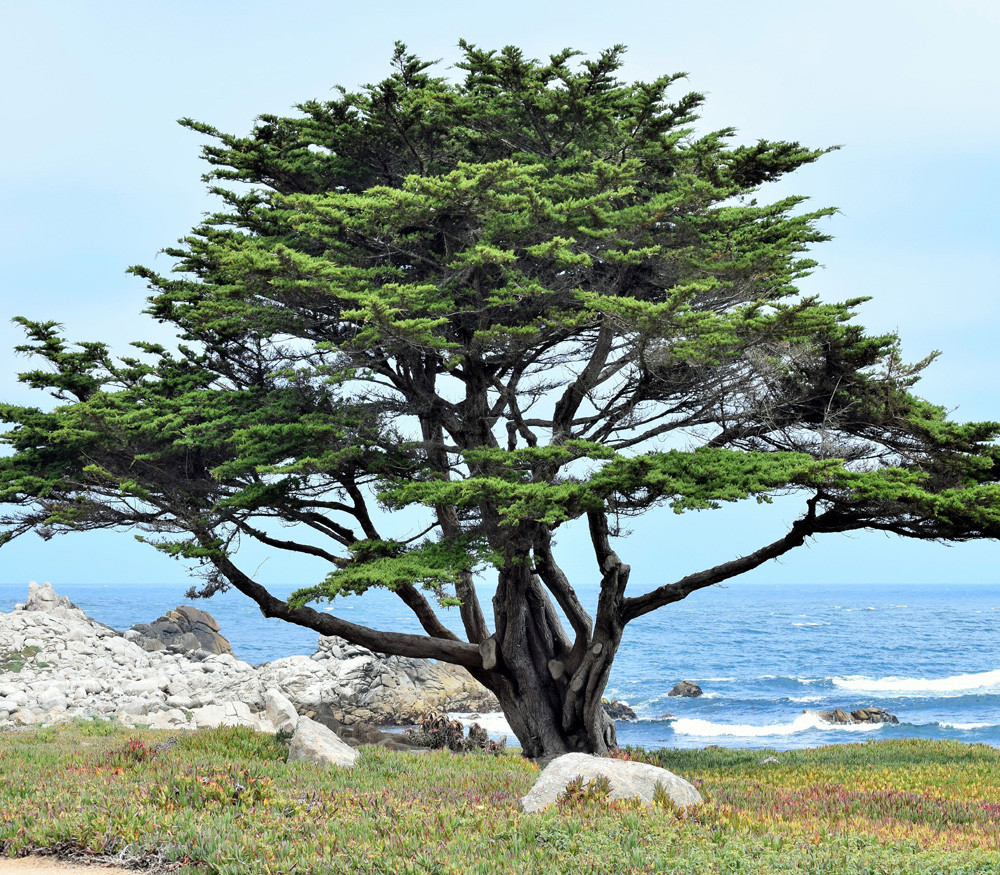
Cupressus macrocarpa Monterey Cypress Seeds
General Information Scientific name: Cupressus macrocarpa Pronunciation: koo-PRESS-us mack-roe-KAR-puh Common name (s): Monterey cypress Family: Cupressaceae USDA hardiness zones: 7A through 9B (Fig. 2) Origin: native to North America Invasive potential: little invasive potential Uses: Availability: not native to North America Figure 2. Range
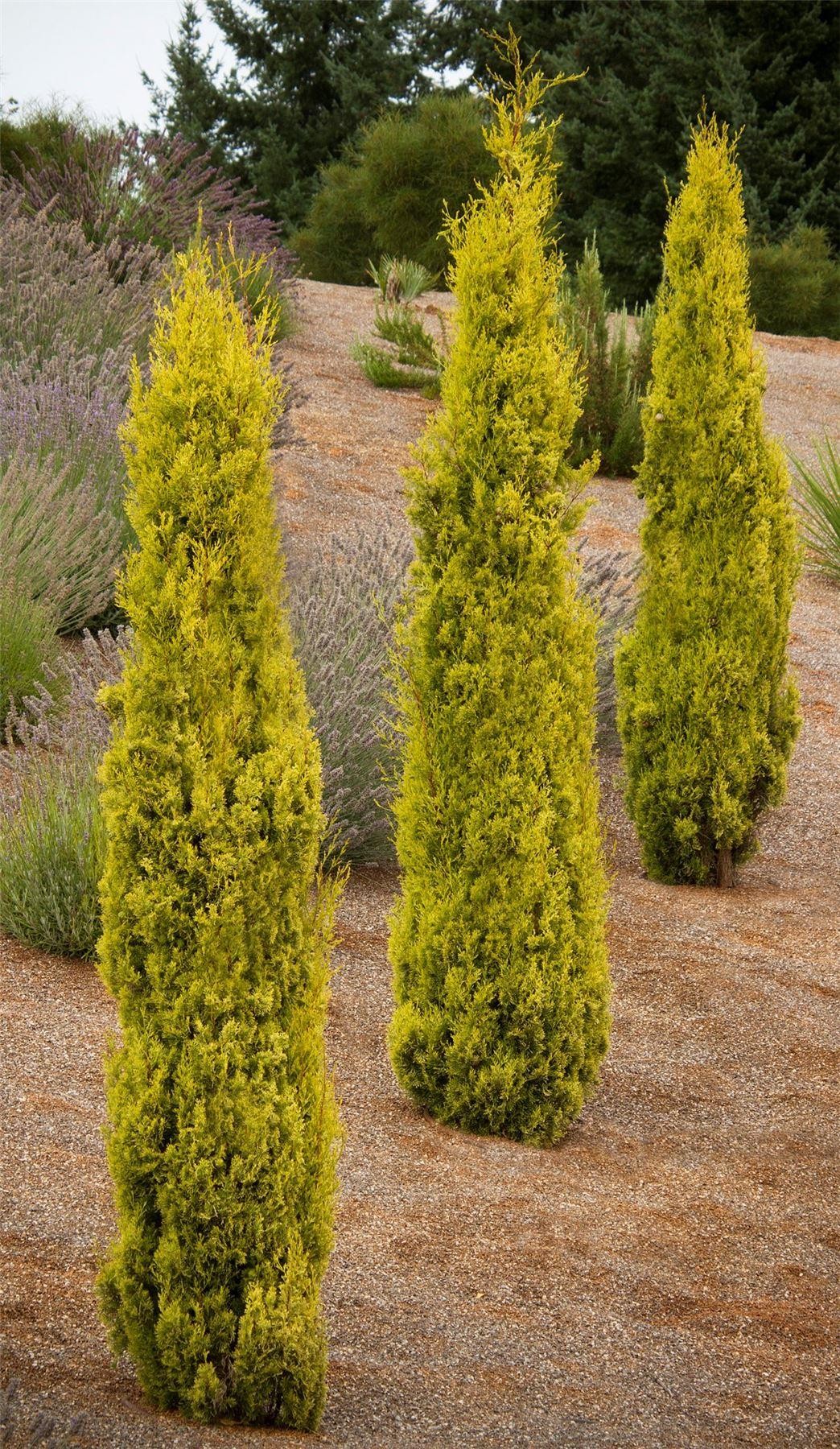
Cupressus macrocarpa Goldcrest Lemon Scented Monterey Golden Cypress
Botanical and Ecological Characteristics SPECIES: Hesperocyparis macrocarpa AUTHORSHIP AND CITATION : Callitropsis macrocarpa (Hartw.) D.P. Little [ ] Cupressus macrocarpa Gordon [ ] Neocupressus macrocarpa (Hartw.) de Laub. [ SPECIES: Hesperocyparis macrocarpa ]. Monterey cypress is widely planted and naturalized on the California coast [ ].
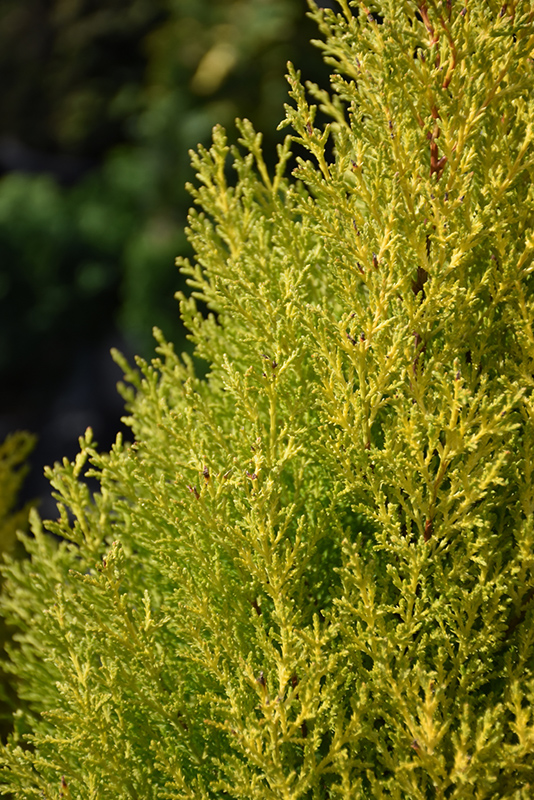
Wilma Goldcrest Monterey Cypress (Cupressus macrocarpa 'Wilma Goldcrest
Fruit. Description. This Monterey cypress cultivar makes a wonderful addition to the Northwest garden where a bright sentinel of yellow foliage makes for a striking accent plant. Morphology: Growing slowly to a mature height of 15' Wilma Goldcrest features yellow-green, chartreuese foliage. The needles are scale like and soft to the touch.

Cupressus macrocarpa 'Goldcrest' Hedging plants, Monterey cypress
Comments: Endemic to the coasts of Monterey county, California, this iconic tree has been cultivated all over the world, and many cultivars exist today, including Leyland Cypress —a cross between Monterey Cypress and Alaskan Yellow Cedar. Related Species: Alaskan Yellow Cedar (Cupressus nootkatensis) Gowen Cypress (Cupressus goveniana)
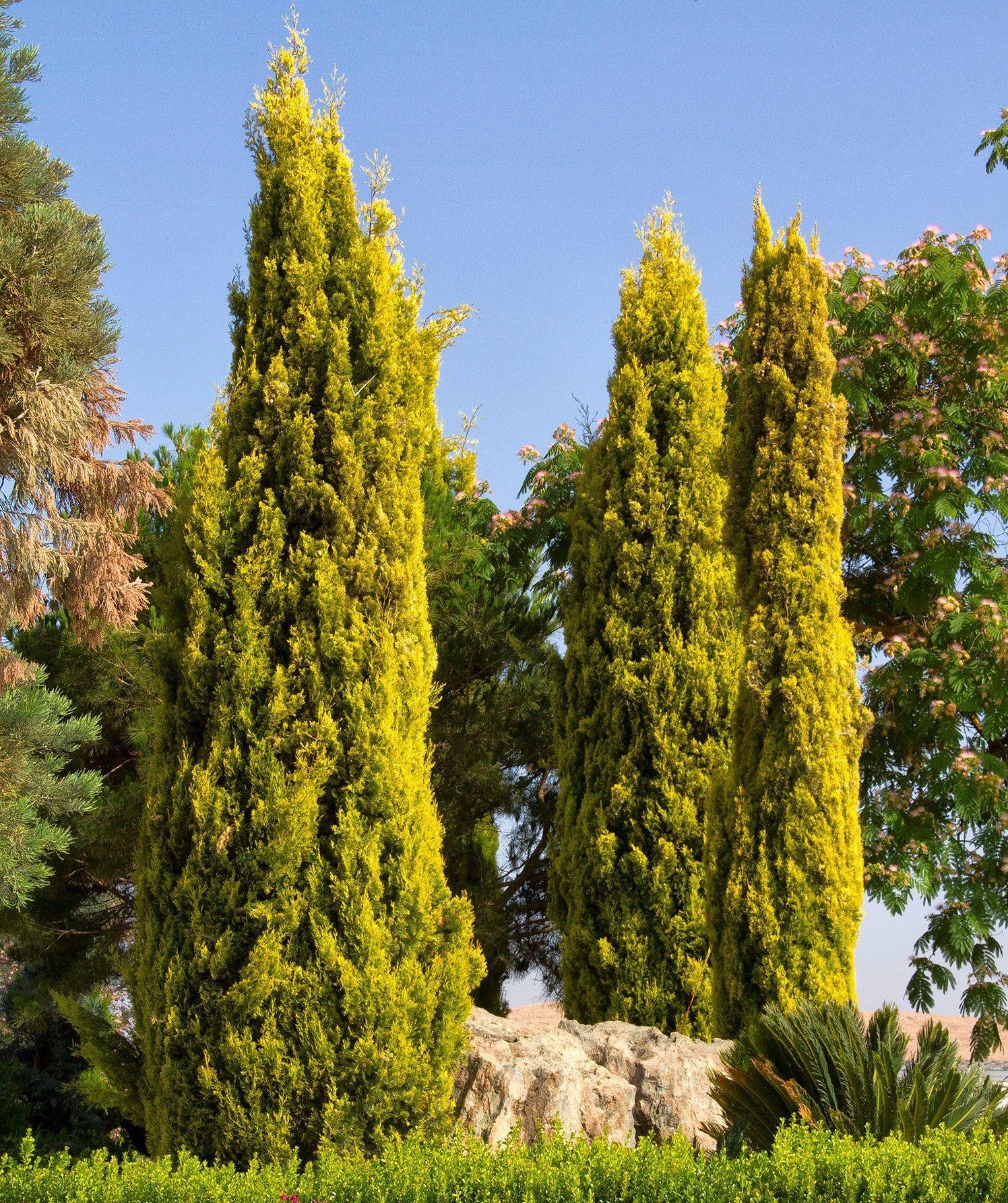
Cupressus macrocarpa Goldcrest Lemon Scented Monterey Golden Cypress
Picturesque, Cupressus macrocarpa (Monterey Cypress) is a fast-growing, large evergreen conifer of narrow and pyramidal habit in youth, becoming wide-spreading and irregular with age. Its foliage is rich dark green through the seasons and is not resinous.
-Hedge.jpg)
Monterey Cypress Goldcrest Conifer Goldcrest Hedges Direct
Monterey Cypress Hesperocyparis macrocarpa Show All Photos << < > Estimated Plant Range ( ? ) occurrences >> Add to My Plant List About Monterey Cypress (Hesperocyparis macrocarpa) 9 Nurseries Carry This Plant Add to My Plant List Cupressus macrocarpa (Monterey Cypress, Macrocarpa; syn. Callitropsis macrocarpa (Hartw.)
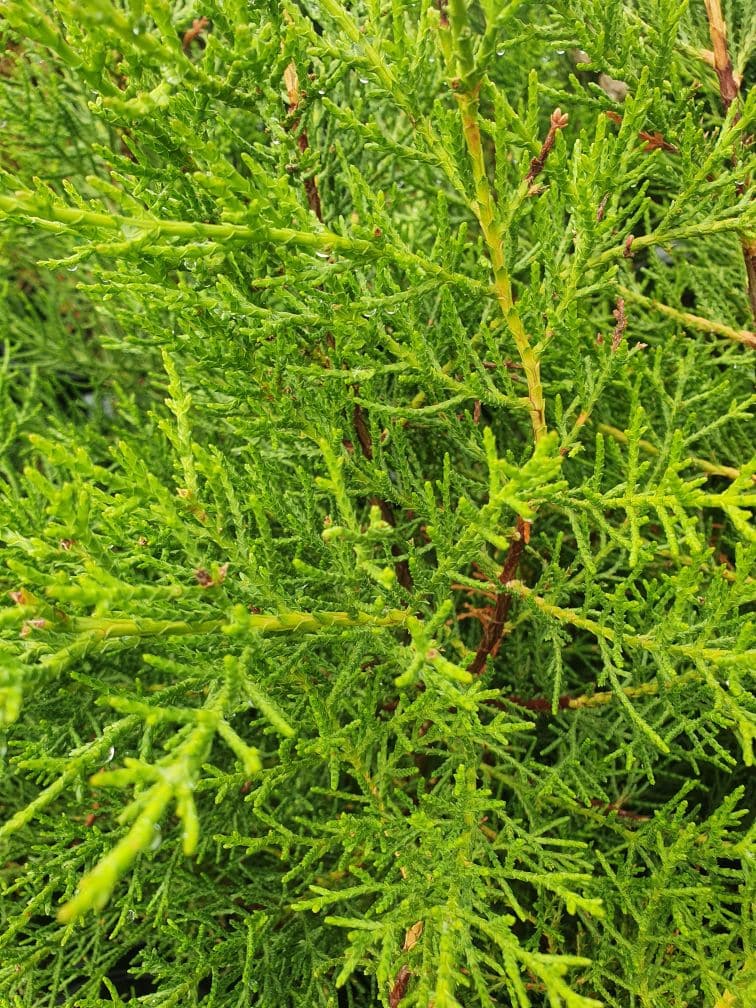
Cupressus macrocarpa 'Monterey Cypress' Hello Hello Plants & Garden
The Leyland cypress is a hybrid, fast-growing, upright, needled evergreen tree in the cypress family (Cupressaceae). The genus is named after Christopher Leyland, on whose property in England two North American species of conifers, Monterey cypress ( Hesperocyparis macrocarpa ) and Nootka cypress ( Callitropsis nootkatensis ), accidentally.
